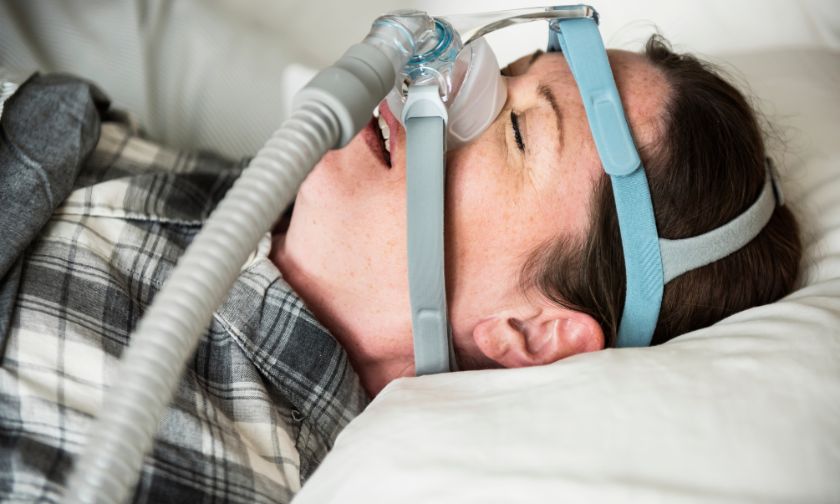Dr. Pak Explains Sleep Apnea Symptoms You Shouldn’t Ignore

Sleep apnea symptoms are most often mistaken by most individuals for harmless snoring or mere fatigue. This deadly disorder silently damages the body and shortens lives. It affects breathing habits, brain activity, and heart health in the long run.
Patients often dismiss initial signs and assume fatigue will pass eventually. Dr. Pak reveals underdiagnosed symptoms and emphasizes action early with successful sleep apnea treatment.
Understanding these warning signs averts critical complications like heart disease and stroke.
What Is Sleep Apnea?
Sleep apnea is a condition where repeated halting or slowing of breathing occurs during sleep. The most common three are Obstructive, Central, and Complex sleep apnea.
Obstructive sleep apnea results from obstructed airways due to tissue collapse. Central sleep apnea results from the inability of the brain to transmit signals for proper breathing. Complex one combines both patterns to create dangerous and unpredictable disruptions.
Delayed treatment of sleep apnea adversely impacts heart health, metabolism, and waking functioning. This disorder is more than nighttime snoring. It significantly affects long-term overall well-being.
Why Symptoms Awareness is Vital
Sleep apnea is associated with the risk of severe heart disease, diabetes, and strokes. Oxygen deprivation disrupts concentration, reduces productivity, and impairs daily memory capability. Daytime fatigue makes driving dangerous and substantially increases workplace injury risks. Emotional mood swings from fragmented sleep destroy personal relationships and decrease self-esteem.
Untreated sleep apnea gradually worsens and requires more complex sleep apnea treatment in Rocklin later in life. Early recognition of symptoms makes it possible to have safer control and a better quality of life. Patients can come in for medical care before severe complications arise with knowledge.
Symptoms of Sleep Apnea You Should Not Ignore
1. Persistent and Loud Snoring
Louder snoring may be an indication of airway blockage and disrupted flow. This symptom deserves investigation and possible sleep apnea treatment in Rocklin.
2. Frequent Interruptions in Breathing While Sleeping
Partners will notice frightening interruptions in breathing while sleeping. These attacks signal dire threats and require urgent professional assessment.
3. Morning Headaches and Dry Mouth
Reduced oxygen at night triggers headaches and parches patients’ mouths. Early treatment of sleep apnea prevents complications due to oxygen deficiency.
4. Daytime Fatigue
Patients remain tired and unrefreshed despite extended sleeping. Fatigue disrupts concentration, saps energy, and increases daily frustration.
5. Irritability and Mood Swings
Irritability, depression, and increased emotional instability occur because of sleep loss. Early treatment of sleep apnea restores balance and improves emotional health.
6. Difficulty Focusing
Loss of oxygen affects memory storage and concentration throughout the day. The symptom markedly disrupts learning, driving, and work performance.
When to Seek Medical Care
Seek immediate medical attention if gasping for air during sleep is frequent. Suddenly increased fatigue after adequate rest demands medical investigation. Persistent headaches combined with snoring indicate fatal oxygen interruptions.
Doctors use sleep tests and diagnostic equipment for accurate confirmation. Effective treatment alone stops progression to chronic heart disease. Delays in diagnosis raise risks and prolong patient suffering unnecessarily. See a professional before symptoms race away into long-term complications.
Sleep apnea is serious but treatable with prompt medical examination and treatment. Loud snoring, fatigue, or irritability should never be dismissed. Successful treatment of sleep apnea brings peaceful nights back and prevents permanent organ damage.
Early identification and professional advice are the most effective bulwark against complications. Patients must respond quickly rather than waiting for critical treatment avenues.



